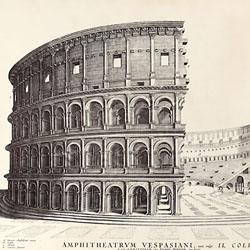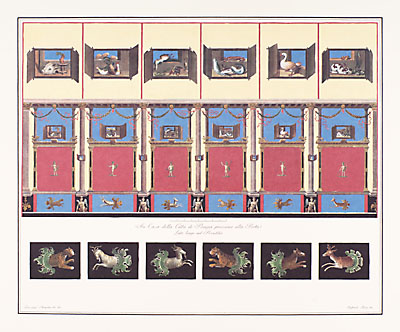AP343 is an invalid print reference in ARC Classic collection, but see result for All Prints category!
ARC CLASSICAL & TRADITIONAL PRINTS
We publish a wonderful and eclectic collection of classical and traditional prints. Hundreds of timeless images, carefully selected over many years, are shown on-line and can also be viewed in our smart ring binder catalogue. The collection comprises colour printed, black & white and hand coloured images.
Search for the print you need by index, print reference or text search or browse all prints in the ARC Classical & Traditional section.
FEATURED PRINT
ANTICA POMPEII 1796 ref: AP12
Pompeii is the ancient city of Campania, Italy, 14 miles south-west of Naples near Mount Vesuvius. It was built on a spur of prehistoric lava flow to the north of the mouth of the River Sarno. Pompeii and Herculaneum were destroyed by the violent eruption of Mount Vesuvius in AD79. The extent of the archaeological sites makes them of the greatest importance, for they provide a unique source of information about so many aspects of social, economic, religious and artistic life of the ancient world. Ever since their discovery, they have had a profound influence on European culture. News of the first excavations kindled a wave of enthusiasm for antiquity - in the mid 18th century Piranesi's etchings and the enthusiastic interest of Sir William and Lady Emma Hamilton did much to make Pompeii an important stop on the European Grand Tour made by young English aristocrats. Artists, architects, potters and even furniture makers drew much inspiration from Pompeii, and many painted interiors were inspired by the frescoed walls found in the excavations. The stucco work popularised in England by the 18th century architects Robert and James Adam used the same motifs. The Louis XVI style in France incorporated Pompeian motifs, and Marie Antoinette's apartment at Fontainebleau was decorated in this style, which became popular throughout Europe. The Neoclassic style stimulated by the discoveries at Pompeii completely replaced the Rococo and became the artistic style of the French Revolution and of the subsequent Napoleonic period.

